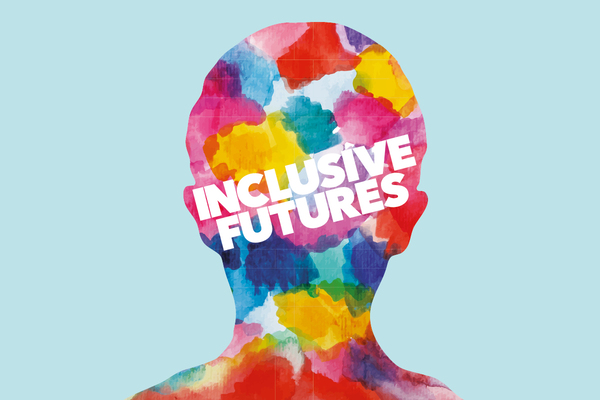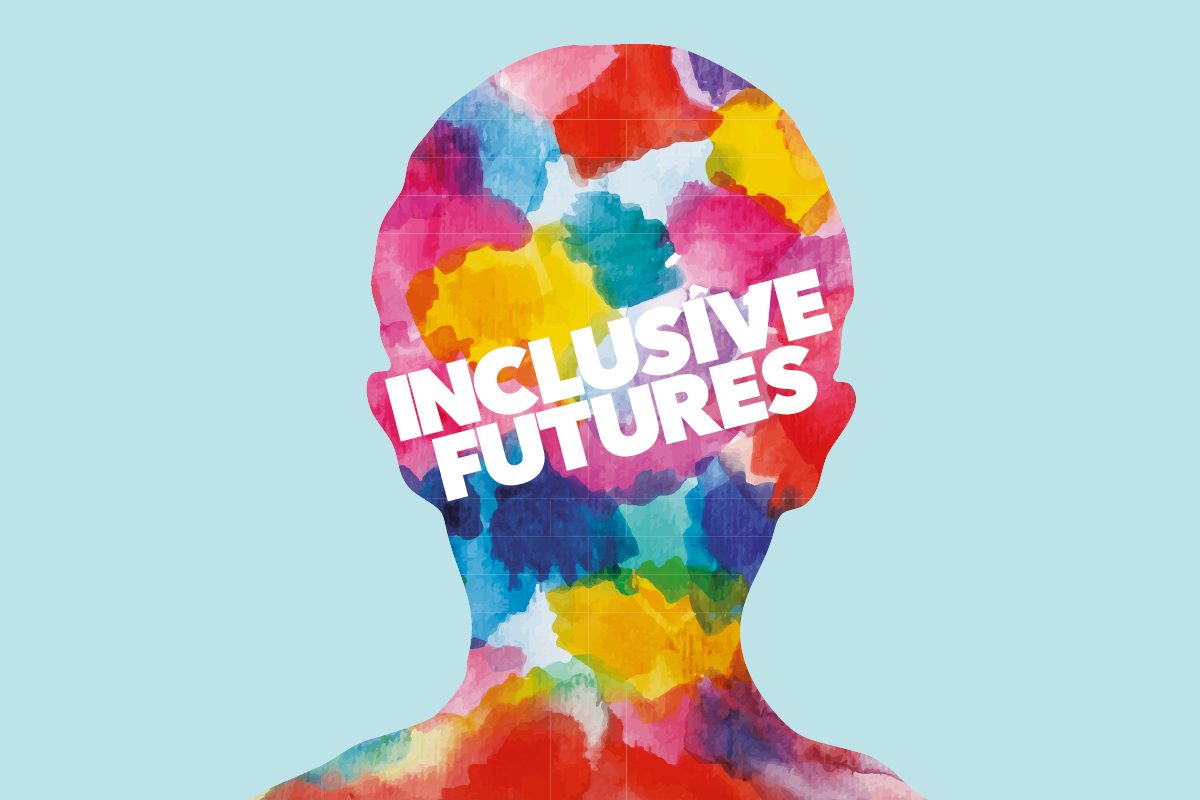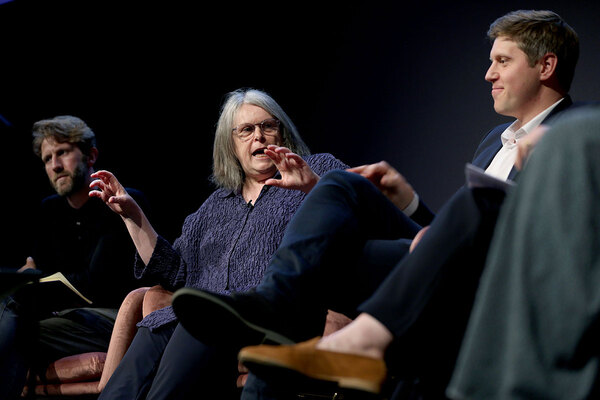You are viewing 1 of your 1 free articles
The housing sector is not immune to cases of harassment and discrimination
As Inside Housing launches a survey on workplace harassment and discrimination, Tom Murtha recounts incidents he has dealt with and challenges organisations to look at their cultures
The number of reports of people in senior positions abusing their power to sexually harass, abuse, bully or discriminate has made depressing and shameful reading in the past few months.
The housing sector has been surprisingly silent on the subject.
Therefore, I was pleased to see that Inside Housing is investigating the issue and is currently carrying out a survey on harassment and discrimination.
“I have witnessed and been involved in many examples of senior people abusing their power.”
I do not know what the outcome will be, but my own experience tells me that we are not immune.
I have witnessed and been involved in many examples of senior people abusing their power in such a way.
These are just three examples.
I have not mentioned the names of the people or the associations involved, even though in all of the cases the issues were reported to the appropriate bodies and dealt with.
The first case involved a number of senior managers circulating racist and sexist pornographic material.
When challenged they described it as “normal office banter”.
They were all dismissed and at tribunal the chair in upholding the decision confirmed that the material was racist and sexist pornography, and that in no way could it be described as ‘banter’.
The second case involved a chief executive who harassed female members of staff to such an extent that some became ill with stress.
For some time it was not reported for fear of retribution.
When it was eventually discovered during investigations into poor performance, the chief executive was dismissed.
Again, there was a strong denial that he had done anything wrong. The case did not go to tribunal as the chief executive did not appeal against his dismissal.
The third case is more difficult to define, as some might think that it does not fall under the category of abuse of power. In my view it does.
I was once involved in an association where it was quite normal for senior executives to be in relationships with junior members of staff.
When challenged they would claim that if it was ‘mutually consenting’ there was nothing wrong.
These types of relationships always involve an abuse of power.
If the relationship ended it was always the more junior member who would suffer and often leave the organisation.
“Relationships between senior executives and junior members of staff always involve an abuse of power.”
Eventually a new leadership made it clear that such relationships were not acceptable and the culture changed.
In all of these cases the senior members of staff who were responsible for the culture of an organisation allowed behaviours to develop which in their view were acceptable, and even the norm.
It is the board’s responsibility to make it clear that such behaviour – be it harassment, bullying, discrimination or any other abuse of power – is totally unacceptable.
Leaders and others should be judged by such criteria.
If found wanting, there should be zero tolerance for failure to maintain such standards.
It is only when such a culture is embedded in an organisation and visible at every level will those who are the subject of harassment abuse or discrimination feel comfortable to come forward and report it.
Are you confident that such a culture exists in your organisation?
Tom Murtha, former housing association chief executive
Fill in our survey on harassment and discrimination
Inside Housing has launched a survey on the prevalence of harassment, discrimination and negative comments based on identity in the housing sector.
Housing staff can respond to the survey here to tell us about their experiences anonymously.
As part of Inside Housing’s Inclusive Futures campaign, the survey is seeking to find out how common it is for housing staff to experience discrimination, harassment or negative comments based on: age, disability, gender reassignment, race, ethnicity, religion or belief, sex, sexual orientation, marriage and civil partnership, pregnancy and maternity, nationality, and economic background.
Jess McCabe, features editor at Inside Housing, said: “If you have experienced anything like this yourself, or witnessed it in the housing workplace, involving colleagues or residents, then please fill out our survey.”
Responses to the survey will be anonymised and reported in a story later this year. At the end of the survey there is an option to give Inside Housing’s editorial staff your contact details.
Inclusive Futures
Inside Housing’s Inclusive Futures campaign aims to promote and celebrate diversity and inclusion.
We are pledging to publish diversity audits of our own coverage.
We are also committed to proactively promoting positive role models.
We will do this through the pages of Inside Housing. But we will also seek to support other publications and events organisations to be more inclusive.
Our Inclusive Futures Bureau will provide a database of speakers and commentators from all backgrounds, for use by all media organisations.
We are also challenging readers to take five clear steps to promote diversity, informed by the Chartered Institute of Housing’s diversity commission and the Leadership 2025 project.
THE INCLUSIVE FUTURES CHALLENGE
Inside Housing calls on organisations to sign up to an inclusive future by taking five steps:
Prioritise diversity and inclusion at the top: commitment and persistence from chief executives, directors and chairs in setting goals and monitoring progress.
Collect data on the diversity of your board, leadership and total workforce and publish annually with your annual report. Consider gender, ethnicity, disability, sexuality, age, and representation of tenants on the board.
Set aspirational targets for recruitment to the executive team, board and committees from under-represented groups.
Challenge recruiting staff and agencies to ensure that all shortlists include candidates from under-represented groups.
Make diversity and inclusion a core theme in your talent management strategy to ensure you support people from under-represented groups to progress their careers.
INSIDE HOUSING’S PLEDGES
We will take proactive steps to promote positive role models from under-represented groups and provide information to support change.
We pledge to:
Publish diversity audits: We will audit the diversity of the commentators we feature. We will formalise this process and publish the results for future audits twice a year.
Promote role models: We will work to highlight leading lights from specific under-represented groups, starting in early 2018 with our new BME Leaders List.
Launch Inclusive Futures Bureau: We will work with the sector to compile a database of speakers, commentators and experts from under-represented groups. The bureau will be available to events organisers, media outlets and publications to support them to better represent the talent in the sector.
Take forward the Women in Housing Awards: Inside Housing has taken on these successful awards and will work to grow and develop them.
Convene Inclusive Futures Summit: Our new high-level event will support organisations to develop and implement strategies to become more diverse and inclusive.













